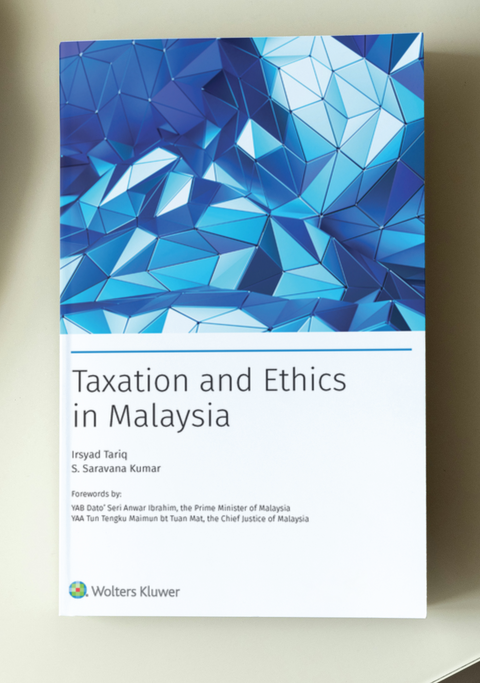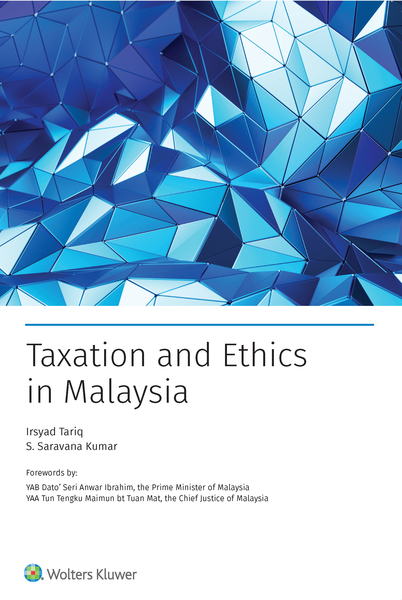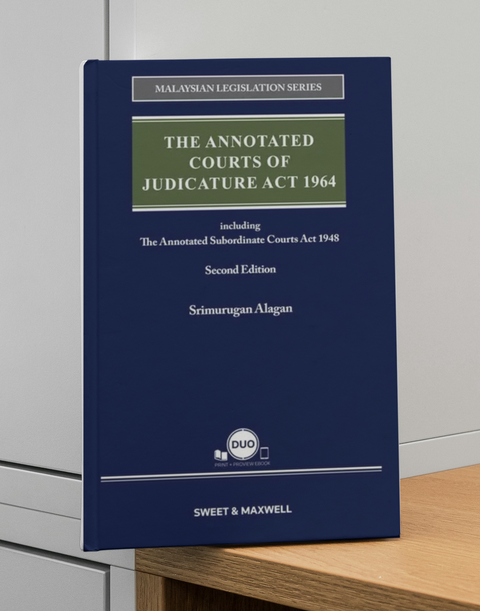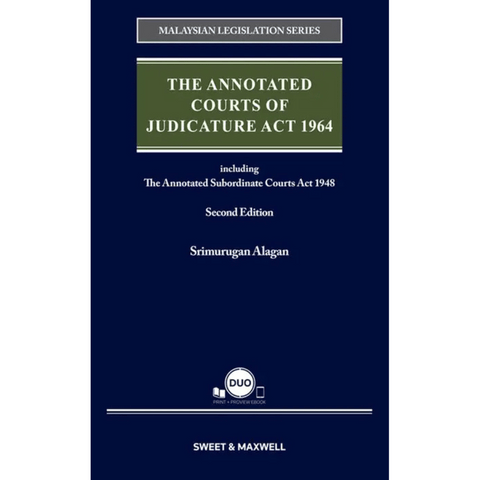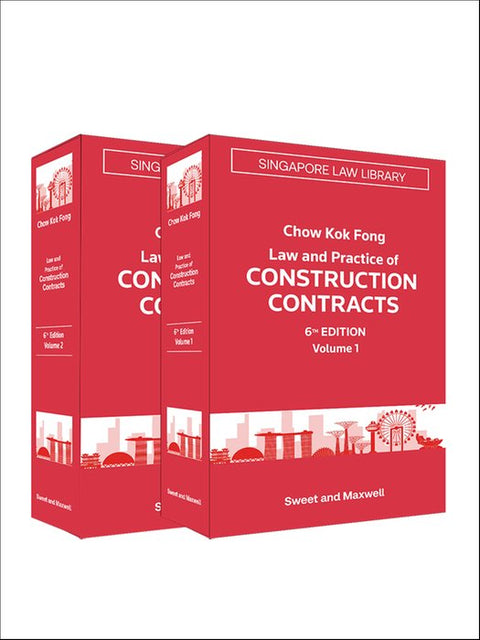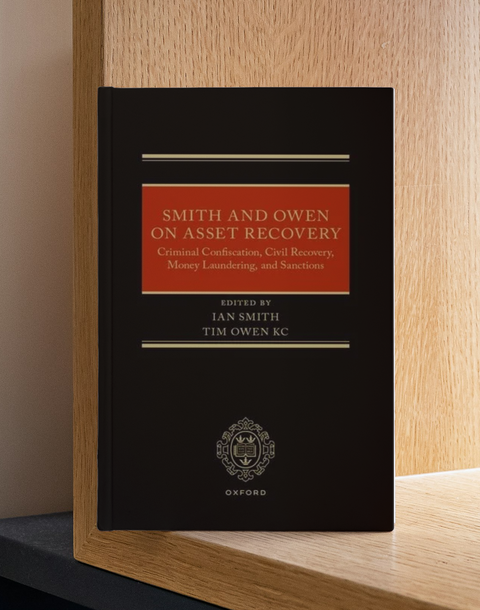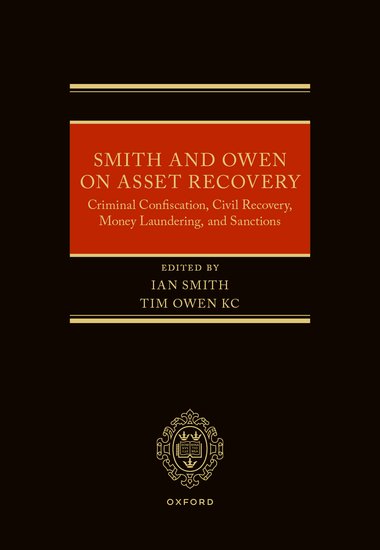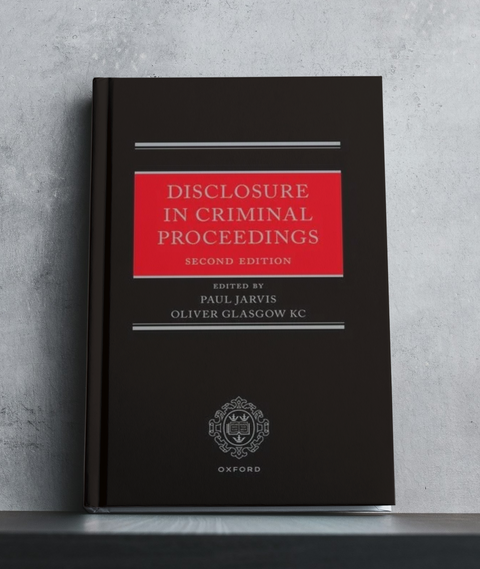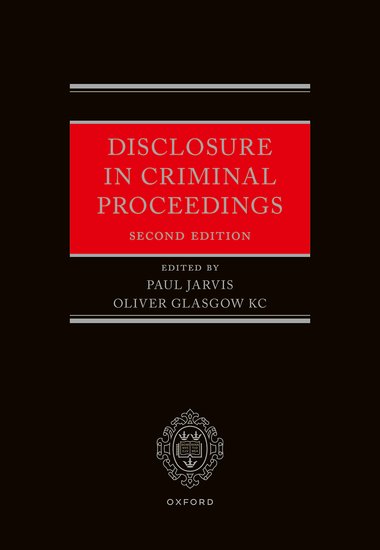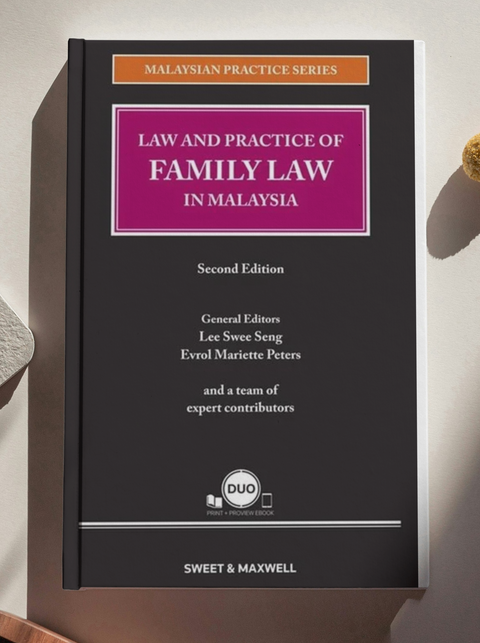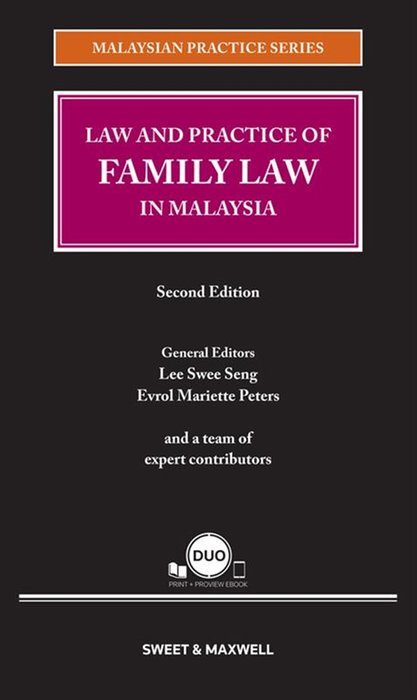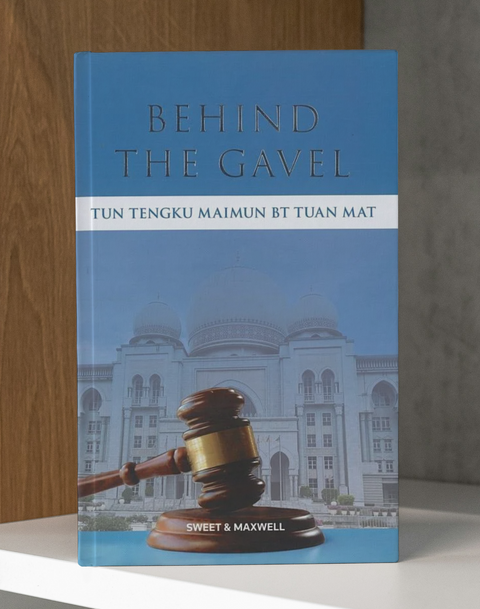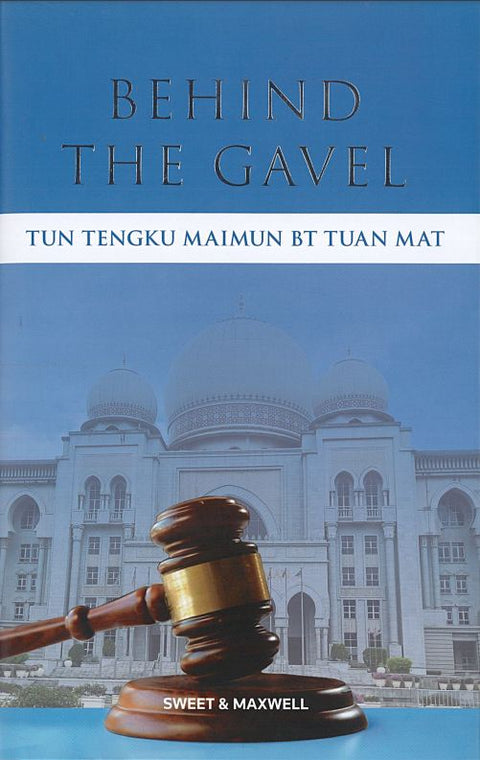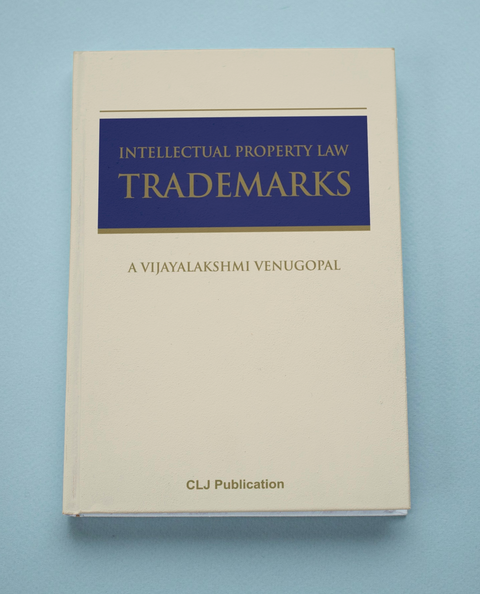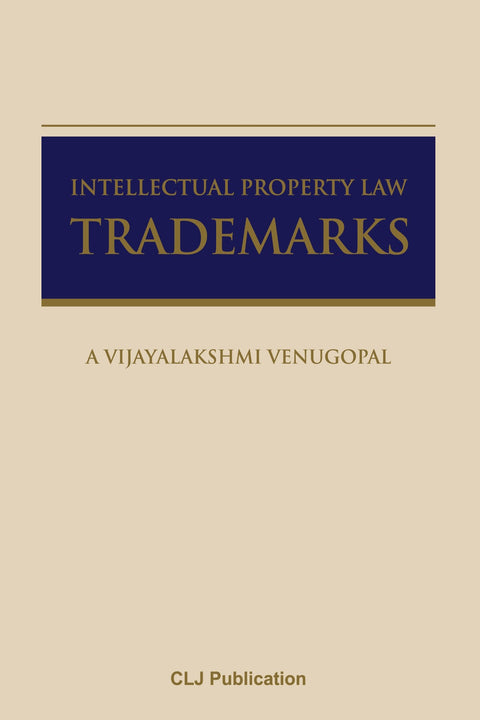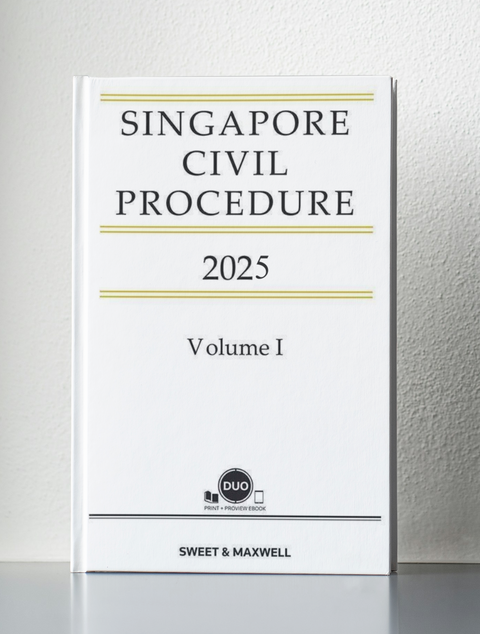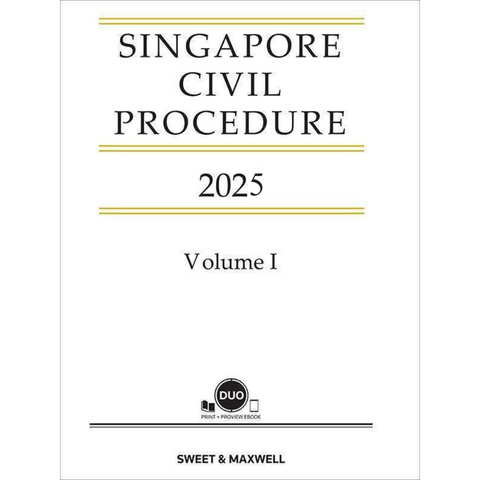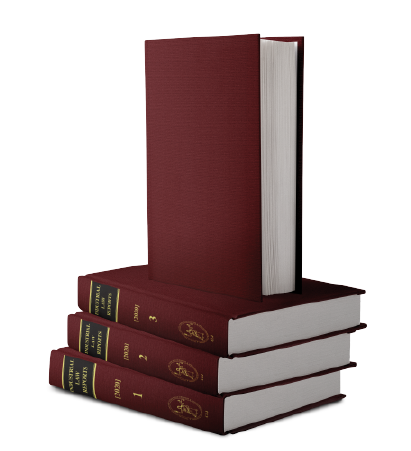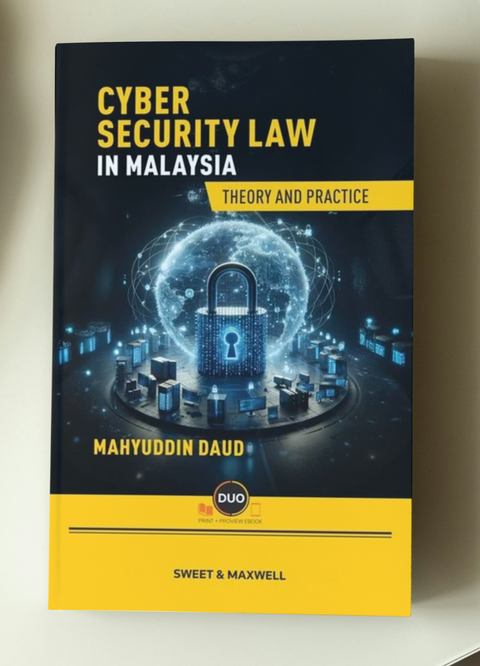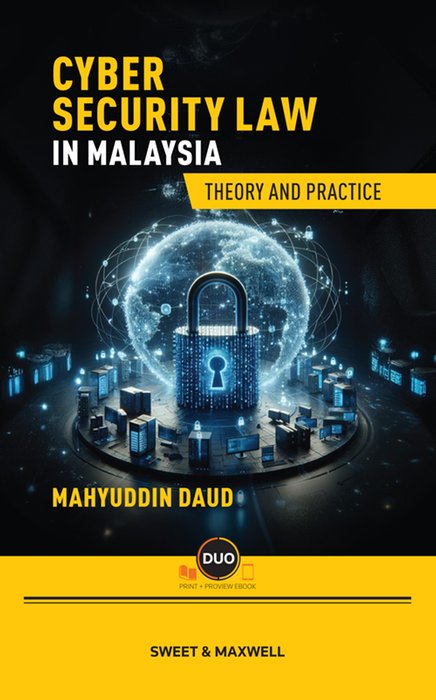INTRODUCTION
1.1 SPECIAL DAMAGES
1.1.1 Proof of Special Damages
1.1.2 Need For Documentary Evidence To Substantiate the Claim for Special Damages
1.1.3 Various Heads Of Special Damages
1.1.3(I) Expenses Caused By The Injury
1.1.3(II) Extra Nourishing Food
1.1.3(III) Damage Or Destruction To Motor Vehicle
1.1.3(IV) Loss due to theft after accident
1.1.3(V) Hospital visits and traveling expenses
1.1.3(VI) Cost of traditional treatment
1.1.3(VII) Cost of medical expenses
1.1.3(VIII) Cost of treatment in a private hospital
1.1.3(IX) Cost of treatment overseas
1.2 GENERAL DAMAGES
1.2.1 Principles of assessment of damages
1.2.1(I) Past cases as a guide
1.2.1(II) Changes in the value of money to be taken into account
1.2.1(IV) Considerations to be taken into account
1.2.2 What is claimable as damages for personal injuries?
1.2.3 Pain and Suffering
1.2.3(I) Pain and Suffering for future operations
1.2.3(II) Unconsciousness
1.2.3(III) Pain and Suffering prior to death
1.2.4 Loss Of Amenities
1.2.5 Loss of or Reduced Prospects of Marriage
1.2.6 Loss of Expectation of Life
1.2.7 Mode of Assessment of Damages For Pain And Suffering
1.2.7(I) Overlapping
1.2.7(II) Individual/Component Approach
1.2.7(III) Global Approach
1.2.7(IV) Subsequent use of the damages awarded
1.2.7(V) Need for standardization on quantum
1.2.7(VI) Assessment of future needs and expenses
1.2.7(VII) Cost of future medical expenses (operations)
1.2.8 Nursing Care
1.2.8(I) Care At Institution
1.2.8(II) The Domestic Element
1.2.8(III) Care rendered by members of family and others
1.2.9 Hospital Bills / Cost Of Prosthesis / Cost Of Wheel Chair
1.2.10 Prosthesis
1.2.11 Risk of Dissipation or Misuse of the Damages Awarded as Compensation for Long-term Nursing Care/Prosthesis
1.2.12 Multiplier (for nursing care and prosthesis)
1.2.12(I) Annuity tables 1.2.12 (II) Reduction in the life expectancy and the statutory multiplier
1.2.13 Loss of Consortium In A Personal Injury Claim
1.2.13(I) What is the meaning of consortium?
1.2.13(II) What are the other considerations that makeup ‘consortium’?
1.2.13(III) Can a claim be made for impairment of the wife’s consortium rather than a
total loss of it?
1.2.13(IV) Can the husband sue for loss of consortium as well as loss of services of the wife?
1.2.14 Cost of Services rendered by wife to the family
1.2.14(I) Gratuitous Services For Business
1.2.15 Summary of the Heads of Damages Available
1.3 NERVOUS SHOCK
1.3.1 Development of ‘nervous shock’ cases
1.3.2 Pre-existing or Rare Pathological Conditions
1.3.3 Rescuers
1.3.4 The Malaysian Scenario
1.4 MITIGATION
1.4.1 Mitigating Circumstances
1.4.1(I) To look for a job (full-time or part-time)
1.4.1(II) Refusal to undergo surgery
1.4.1(III) Discharging against medical advice
1.4.1(IV) Bomoh/Traditional treatment
1.4.1(VI) Are Government servants entitled to costs of treatment at private hospitals?
1.4.1(VII) Is the injured person entitled to go overseas to seek treatment?
1.5 DAMAGES ARE ONLY RECOVERABLE ONCE AND FOR ALL
1.5.1 Damages are awarded as a lump sum
1.5.2 Need for provisional awards
1.6 EXEMPLARY AND AGGRAVATED DAMAGES
1.6.1 Exemplary Damages
1.6.2 Aggravated Damages
1.7 PURE ECONOMIC LOSS
1.8 INTEREST
1.8.1 Pre-trial Interest
1.8.2 Why is interest imposed?
1.8.3 Discretion of the Court
1.8.4 Itemization of damages
1.8.5 Interest on special damages
1.8.6 Present law
1.8.7 Interest on judgment debt
CHAPTER 2: LOSS OF EARNINGS IN PERSONAL INJURY CLAIMS
INTRODUCTION
2.1 PRINCIPLES
2.1.1 Age Limit – A person aged 60 years and above at the time of the accident cannot claim for loss of earnings even though gainfully employed.
2.1.2 Good health – it must be proved or admitted that the plaintiff must be of good health but for the injury.
2.1.3 The plaintiff must be receiving earnings by his own labor or other gainful activity before he was injured
2.1.3(I) Plaintiff must be receiving earnings ‘before’ he was injured
2.1.3(II) Calculation of earnings
2.1.3(III) Can the Plaintiff claim for future loss of the employer’s EPF contribution in addition to a claim for loss of future earnings?
2.1.3(IV) Allowances
2.1.3(VI) Minors and unemployed
2.1.3(VII) The earnings must be legal
2.1.4 Living Expenses Which Has Been Admitted or Proved Must Be Deducted
2.1.4(I) What are living expenses?
2.1.4(II) Living expenses must be admitted or proved
2.1.5 The multiplier has been fixed and direct multiplication is used
2.1.5(I) Split multiplier and varying multiplicand in the calculation of loss of future earnings in respect of foreign workers
2.1.5(II) Reduction in the expectation of life and its effect on the statutory multiplier
2.1.6 Non-deductibles
2.1.6(II) Pension and Gratuity Paid as a Result of Personal Injury Shall Not Be Taken Into Account
2.1.6(III) Benefits or Compensation received under any written law in respect of the personal injury is not to be taken into account
2.2 PRE-TRIAL AND POST-TRIAL LOSS – WHETHER APPLICABLE?
2.3 PROOF OF EARNING
2.4 STANDARD OF PROOF FOR FUTURE LOSS CLAIMS
2.5 LOSS OF FUTURE EARNING CAPACITY
2.5.1 Difference Between Loss of Future Earnings and Loss of Future Earning Capacity
2.5.2 Principles in Assessing Loss of Future Earning Capacity
2.5.2(I) If the plaintiff was earning at the time of the accident and at the time of trial.
2.5.2(II) If the plaintiff was not earning at the time of the accident
2.5.2(III) If the plaintiff was earning before the accident but not at the time of the accident
2.5.2(IV) Will the requirements of Section 28A of the CLAA apply in a claim for loss of future earning capacity?
2.5.2(V) Mode of assessment
2.5.2(VI) Proof
2.5.3 Summary
CHAPTER 3: FATAL ACCIDENT CLAIMS
3.1 POSITION BEFORE THE CIVIL LAW (AMENDMENT) ACT 1984
3.1.1 The Dependency Claim
3.1.2 The Estate Claim
3.2 POSITION AFTER 1ST OCTOBER 1984
3.2.1 The Dependency Claim
3.2.1(I) Wrongful Act, Neglect or Default resulting in death
3.2.1(II) Who are the dependents?
3.2.1(III) Does a ‘wife’ married under customary rites fall within the definition of ‘wife’ in Section 7(2)?
3.2.1(IV) Loss of Support
3.2.2 Conditions Precedent
3.3 MULTIPLICAND
3.3.1 Earning must be legal
3.3.2 Living Expenses
3.3.2(I) Definition
3.3.2(II) ‘Must be proved or admitted’
3.3.3 Loss of support only claimable by dependents
3.3.4 Prospects of increase in earnings
3.3.5 Non-deductibles
3.3.5(I) Employee’s Provident Fund
3.3.5(II) Pensions and gratuity as a result of death
3.3.6 Can Savings in the bank be taken into account?
3.3.7 Other Benefits
3.3.8 Summary
3.4 MULTIPLIER
3.4.1 Determination of the Multiplier
3.4.2 Is the Multiplier fixed?
3.4.3 The dispute between Chan Chin Ming and Ibrahim bin Ismail
3.4.4 Remarriage of a wife dependent
3.4.5 Provision for Contingencies
3.5 PRE-TRIAL AND POST-TRIAL LOSS
3.6 PROOF OF EARNING
3.7 CLAIM FOR LOSS OF SUPPORT BY SURVIVING HUSBAND AND/OR CHILDREN
3.8 BEREAVEMENT
3.9 FUNERAL EXPENSES
3.10 ESTATE CLAIMS
3.10.1 General Damages
3.10.2 Special Damages
3.10.3 Can the estate or the dependents claim for exemplary damages?
3.10.4 Can the plaintiff bring both a dependency claim as well as an estate claim?
3.11 OTHER ISSUES
3.11.1 Claims for dependency based on pensions received by deceased who was over 55 years old – whether allowable?
3.11.2 Suicide
3.11.3 Action by Dependents
3.11.4 Negligence of one of the Dependents
3.11.5 Contributory Negligence and Dependency Claims
CHAPTER 4: LIABILITY
4.1 NEGLIGENCE
4.1.1 Duty of Care
4.1.2 Who then-in-law is my neighbor?
4.1.2(I) Standard of care and breach of duty
4.1.2(II) New Approach – Caparo Industries
4.1.2(III) Summary
4.1.3 Where there is more than one cause to the loss
4.1.4 Application of the concept of duty of care in local cases
4.1.4(I) Teacher-pupil
4.1.4(II) Road Accidents
4.1.4(III) Jabatan Pengangkutan Jalan (JPJ) and Other Statutory Bodies
4.1.4(IV) Tour Operator/Airlines
4.1.4(V) Banker – Customer
4.1.4(VI) Shipping – collision between a ship and the offshore oil platform or a stationary ship
4.1.4(VII) Adjoining landowners
4.1.4(VIII) Mine manager-employee
4.1.4(IX) Companies dealing with electricity
4.1.4(X) Third parties including trespassers
4.1.4(XI) Solicitor-client
4.1.5 Burden of Proof
4.1.5(I) Medical Negligence
4.1.6 Res Ipsa Loquitur
4.1.6(I) Effect of the doctrine
4.2 OCCUPIER’S LIABILITY
4.2.1 Who is an occupier?
4.2.2 Landlord and Tenant
4.2.3 Independent Contractors
4.2.4 Invitees
4.2.5 Persons Who Enter Pursuant To A Contract
4.2.6 Visitor/ Licensee
4.2.7 Trespasser
4.2.8 Trespassers and the allurement of children
4.2.9 Pleadings
4.3 EMPLOYER-EMPLOYEE
4.3.1 The employer-employee relationship
4.3.2 Duty of Employer
4.3.3 Statutory duties of employers
4.3.4 Breach of Statutory Duty
4.3.5 Children and Young Persons
4.4 NUISANCE
4.4.1 INTRODUCTION
4.4.2 Nuisance and Trespass
4.4.3 Private and Public Nuisance
4.4.4 Private Nuisance 2
4.4.4(I) Foreseeability and the reasonable user of the land
4.4.4(II) Factors To Be Taken Into Account To Determine Nuisance
4.4.5 Public Nuisance
4.4.5(I) Obstruction of the highway
4.4.5(II) Creation of dangers in the highway
4.4.5(III) Obstructions caused by buildings, trees, etc. along the highway
4.4.5(IV) Dangerous excavation adjoining highway
4.5 THE RULE IN RYLANDS v FLETCHER
4.5.1 Difference between Nuisance and the rule in Rylands v Fletcher
4.5.2 Defences
4.6 VICARIOUS LIABILITY
4.6.1 Introduction
4.6.2 The Employer-Employee Relationship
4.6.2(I) The course of employment
4.6.2 (II) Summary
4.6.3 Liability of a Vehicle Owner
4.6.3(I) Vehicle Owner is the employer
4.6.3(II) Vehicle Owner is not the employer 4.6.3(III) Motor Vehicle not belonging to the employer/principal
4.6.3(IV) Where Vicarious Liability will not apply
4.6.4 Independent Contractors
4.6.5 Whether a hospital could be vicariously liable for a doctor’s negligence?
4.6.6 Reimbursement By Employer
4.6.7 Effect of the doctrine of vicarious liability in respect of motor accident cases
4.6.8 Non-delegable duty and vicarious liability
4.6.8(I) Distinction Between Vicarious Liability And Non-delegable Duty
4.6.9 Government’s liability in tort and vicarious liability
4.6.10 Vicarious liability and defamation
4.7 HUSBAND AND WIFE
4.8 LIMITATION
4.8.1 What is the cause of action?
4.8.2 When does the cause of action accrue in a claim in tort?
4.8.3 Dependency Claims
4.8.4 Postponement of the limitation period in case of fraud or mistake
4.8.5 Extension of the limitation period
4.8.6 Limitation against Public Authorities
4.8.7 Limitation in respect of judgments
4.8.8 How to calculate the limitation period?
4.8.9 Limitation under the Railways Act 1991
4.8.10 Limitations and Third-Party Proceedings
4.8.11 Pleading
4.8.13 Burden of proof
4.8.14 Applicability of the Limitation (Amendment) Act 2018 (LAA)
4.9 BREACH OF STATUTORY DUTY
4.10 DEFENCES IN RESPECT OF PERSONAL INJURY CLAIMS
4.10.1 Inevitable Accident
4.10.2 Volenti Non-Fit Injuria
4.10.3 Breach of Statutory Duty
4.10.4 Act of God
4.11 CONTRIBUTORY NEGLIGENCE
4.11.1 Principles
4.11.2 Contributory Negligence of a Child
4.11.3 Contributory Negligence of parents or guardians
4.11.4 Pleading contributory negligence
4.11.5 Burden of proving contributory negligence
4.11.6 Contributory negligence and dependency claims
4.11.7 Contributory negligence in motor vehicle accidents
4.12 JOINT TORTFEASORS
4.12.1 Principles
4.12.2 Third Party Proceedings
4.12.3 Co-Defendant Proceedings
4.13 MOTOR VEHICULAR ACCIDENTS 4.13.1 Documents and evidence considered in assessing liability
4.13.2 Police Report
4.13.2(I) Delay
4.13.2(II) Police report of witnesses
4.13.2(III) Where the report is at variance with other evidence
4.13.2(IV) Conflicting versions
4.13.2(V) Maker of the police report is dead or cannot be found
4.13.3 Sketch Plan And Key
4.13.4 Notes of evidence of traffic case
4.13.5 Adjuster’s Report
4.13.6 Position of vehicles after collision
4.13.7 Broken Glass
4.13.8 Highway Code/Traffic Rules – breach and its effect on civil liability
4.13.8(I) Highway Code
4.13.8(II) No driving licence
4.13.8(III) Not wearing a seat belt or crash helmet
4.13.8(IV) Accidents on emergency lanes
4.13.9 Plea of guilty in traffic cases – its effect
4.13.10 The factors to be taken into account to determine whether a collision took place
4.13.11 Investigation Officer
4.13.12 Passenger/Pillion
4.14 TRAFFIC OFFENCES ARISING FROM ROAD ACCIDENTS
4.14.1 Causing death by reckless or dangerous driving – Section 41 of the Road Transport Act 1987
4.14.1(I) Identity of the deceased
4.14.1(II) Amendment of Charge to a lesser offense under Section 43
4.14.1(III) Sentencing
4.14.1(IV) Charge 4.14.2 Section 43(1) of the Road Transport Act 1987
CHAPTER 5: RELEVANT COURT PROCEDURES
5.1 ORIGINAL JURISDICTION OF THE COURT
5.2 PLEADINGS
5.2.1 Definition
5.2.2 Object of pleadings
5.2.3 Importance of pleadings
5.2.4 What must be pleaded?
5.2.5 Matters which must be specially pleaded
5.2.6 Parties bound by pleadings
5.3 APPEALS
5.3.1 Appeals from the Subordinate Courts
5.3.3 Federal Court
5.3.4 Principles governing appeals and the functions of an Appellate Court
5.3.4(I) Cases where the Appellate Court will be slow to interfere with the finding of fact by the trial court
5.3.4(II) Cases where the Appellate Court can interfere with the finding of fact by the trial court
5..3.4(III) Trial Judges must give reasons for their judgment
5.3.4(IV) Appeal on Quantum
5.4 SETTING ASIDE JUDGMENT IN DEFAULT IN BOTH THE HIGH COURT AND SUBORDINATE COURT
5.4.2 Power of the Court to set aside judgment in default
5.4.3 Principles Applicable in Setting Aside Judgment In Default
5.4.3(I) Irregular judgments
5.4.3(II) Regular judgments
5.4.4 Time to File Application
5.4.5 The Applicant
5.4.6 Summary of the Principles of law applicable for setting aside judgment in default of appearance
5.5 INTERVENER PROCEEDINGS
5.5.1 When can a party intervene?
5.5.2 In personal injury claims especially those arising from motor accidents, can an insurer intervene in the proceedings between the injured third party and their insured?
5.5.3 Application for leave to intervene
5.5.4 Summary
5.6 STAY OF EXECUTION PENDING APPEAL
5.6.1 Introduction 5.6.2 The “special circumstances” approach
5.6.3 The ‘nugatory’ approach
5.6.4 Matters constituting ‘special circumstances
5.6.5 Matters that cannot constitute ‘special circumstances
5.6.6 Summary
5.7 INTERIM PAYMENT
5.7.1 Summary
5.8 OFFER TO SETTLE
5.9 AGREED BUNDLE OF DOCUMENTS
5.10 AUTOMATIC DIRECTIONS IN PERSONAL INJURY ACTION
5.11 EXPERTS OF PARTIES
5.11.1 Order 40A
5.11.2 Who is an expert?
5.12 SECTION 114(g) OF THE EVIDENCE ACT 1950
5.13 NO CASE TO ANSWER
5.13.1 Defendant closes his case without calling any witnesses
5.13.2 Where the Defendant submits that there is no case to answer
5.13.3 More than one Defendant
5.13.4 Summary
5.14 ADDUCING FRESH EVIDENCE AFTER TRIAL
5.14.1 What is meant by ‘fresh evidence’?
5.14.2 Special grounds
5.14.3 Recalling witness/calling a new witness after the closing of the case.
5.15 PLAINTIFFS ENFORCING A JUDGMENT AGAINST THE INSURER DIRECTLY
5.16 SETTLEMENTS INVOLVING INFANTS AND PERSONS UNDER DISABILITY
5.17 PROCEEDINGS UNDER CIVIL LAW ACT 1956: APPORTIONMENT BY COURT









